
Indigenous-led conservation plans in Manitoba have sparked backlash. There’s also a path forward
Locals in the small community of Arborg worry a new Indigenous-led protected area plan would...
No new funding to protect old-growth forests.
No new funding for wildlife.
And no new funding to create protected areas.
The BC NDP’s 2024 budget, unveiled today, lays out Premier David Eby’s financial plan for this year — and beyond, if the party is returned to government following a provincial election set for this fall.
The B.C. budget focuses on measures to strengthen health care, deliver housing, transition to a low-carbon economy and respond to climate emergencies, yet other environmental issues get short shrift.
The deficit budget commits more than $1.3 billion over the next four years – $325 million a year — to fight climate change and build “a cleaner economy” in partnership with First Nations, communities and businesses.
Of that, $405 million is dedicated to climate emergencies. Another $435 million is for the CleanBC climate plan — the province’s roadmap to reduce carbon emissions 40 per cent by 2030 — and “clean economy initiatives,” including B.C.’s new critical minerals strategy.
Speaking in the legislature, Finance Minister Katrine Conroy said there are many lessons to be learned from last year’s devastating wildfire season – “a key one being that emergency response is year-round work.”
“When we’re not fighting fires, we need to clear our forests of fuel,” she said, announcing $60 million in new funding for the Forest Enhancement Society of B.C. and more year-round wildfire response resources, including additional fire crew leaders and front-line staff.
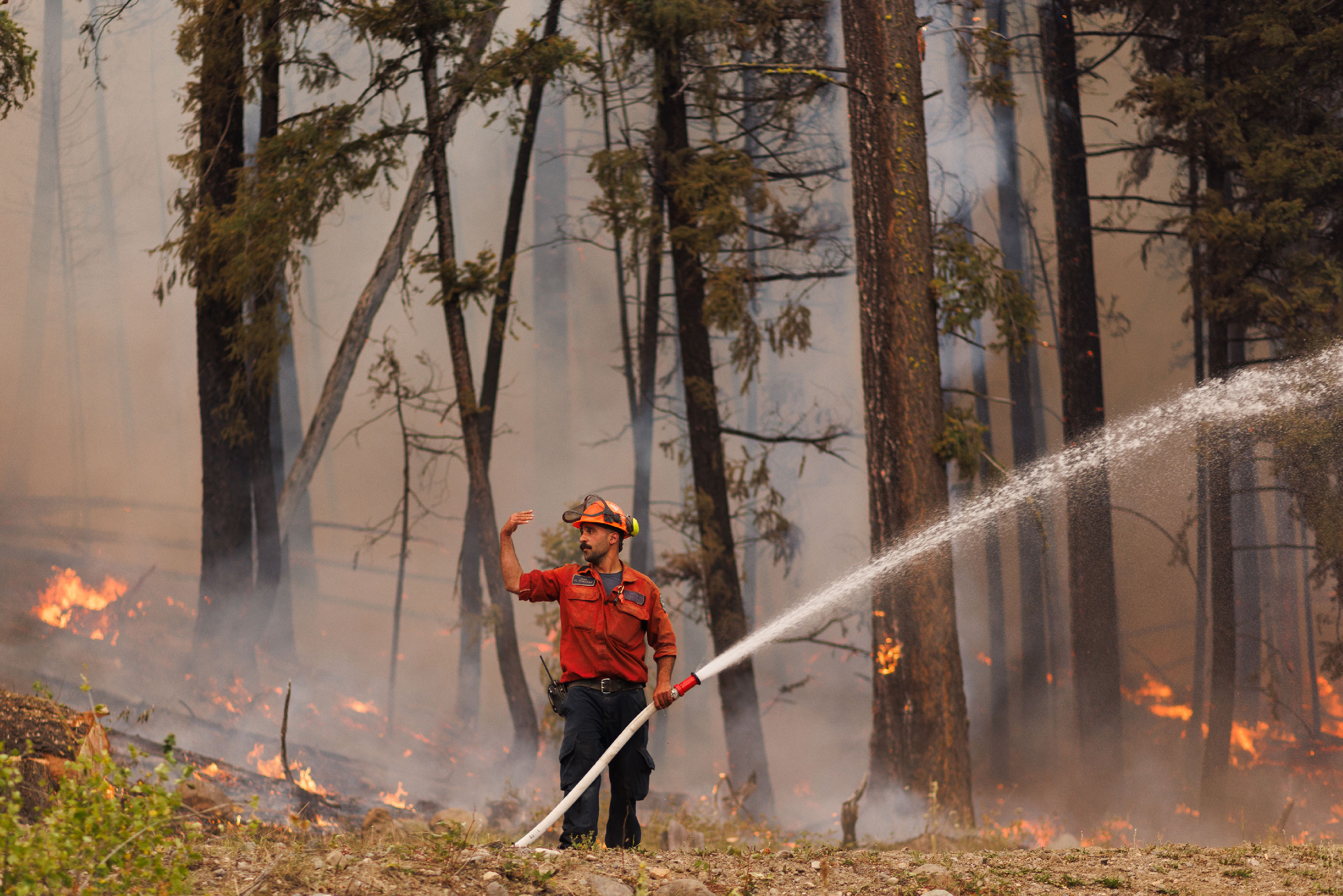
Conservation groups are disappointed with the budget, saying it focuses on responding to climate disasters instead of deeper emissions cuts, while Clean Energy Canada, a think tank that aims to accelerate the country’s transition to clean energy, called the budget “very reasonable.”
“I think that’s the first time we’re actually seeing [the] government connect the dots between climate, the economy and the environment, and also B.C.’s future position in a world that’s decarbonizing, so we’re actually pretty pleased with the budget,” Clean Energy Canada executive director Mark Zacharias told The Narwhal.
Saying the budget lacks forward-thinking initiatives, BC Green Party leader Sonia Furstenau pointed out the cost of fighting wildfires last year was $1 billion. An acknowledgement of the costs of climate inaction is missing from the budget, Furstenau, the MLA for Cowichan Valley, said in a statement.
“B.C. could lead with a clean energy economy, but the BC NDP’s fossil fuel reliance blocks our progress and potential,” Furstenau said. “Climate breakdown is here — zombie fires are currently burning around the province and drought intensifies — yet this government is more invested in dirty LNG than they are in climate action.”
Here’s a breakdown of some major environmental take-aways from the budget.
Last October, the British Columbia government took a significant step toward protecting old-growth forests and creating new protected areas with the announcement of a $300-million fund for Indigenous-led conservation.
The 2024 B.C. budget contains no new money for the fund — or any other old-growth forest protections.
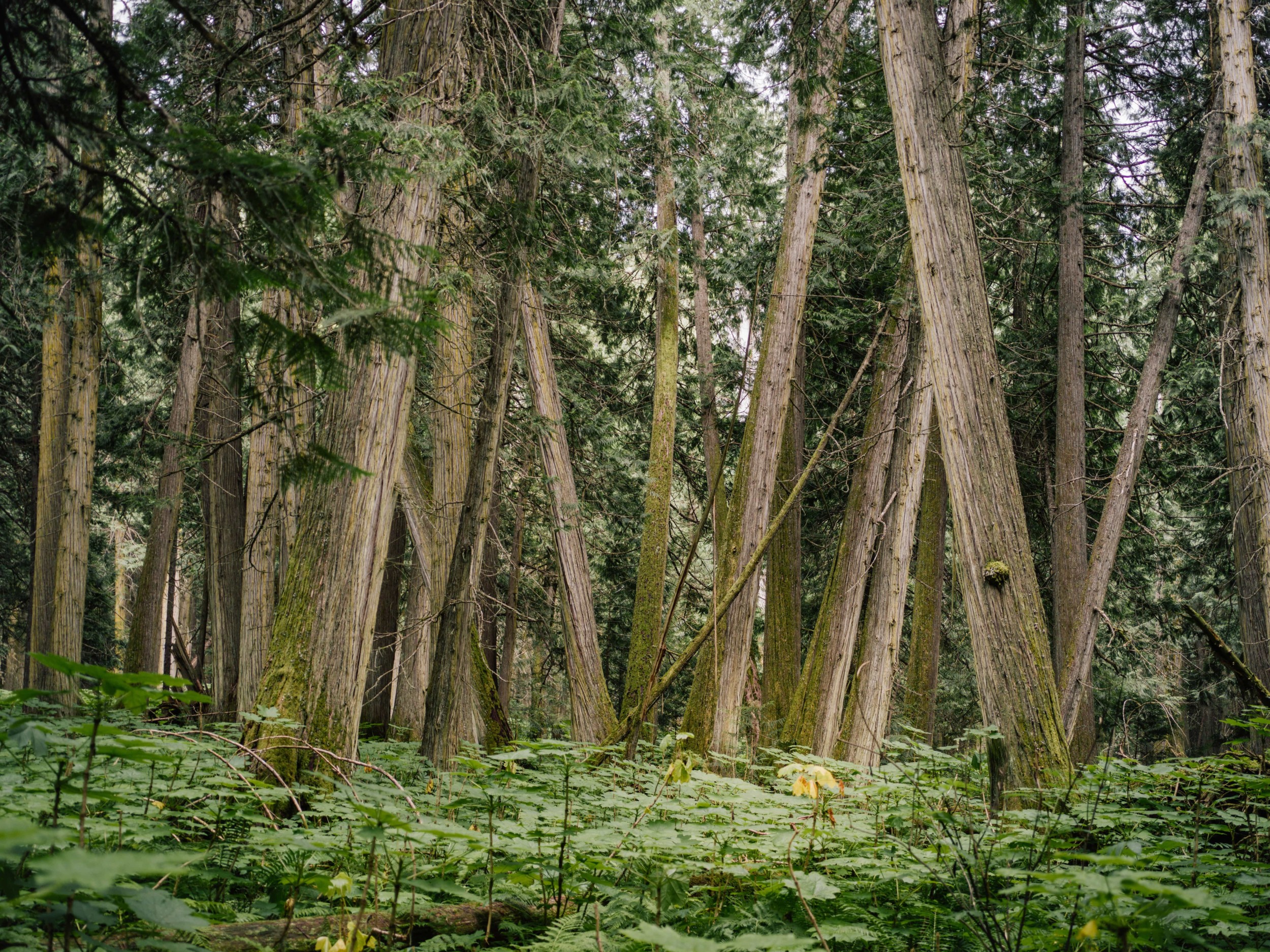
“Old forests are one of our best defences from devastating climate impacts, but the province still isn’t prioritizing emergency funds to keep them standing,” Stand.earth senior forest campaigner Tegan Hansen said in a statement. “The BC NDP needs to prove that it’s serious about preventing catastrophic slides, floods and mega-fires by allocating funds to keep forests standing now, instead of just paying more every year for the consequences of destructive logging practices.”
In October, Eby said the fund would “speed up our efforts to protect vital ecosystems, to protect beautiful and rare forests, to conserve critical habitat and to protect our province against the effects of climate change.”
The provincial government committed $150 million to the fund, with the rest of the money provided by the BC Parks Foundation, the official charitable partner of BC Parks. The fund will finance ecosystem protections, including Indigenous stewardship and guardian programs, capacity building and unspecified low-carbon economic opportunities.
In December 2022, Eby’s government promised to protect 30 per cent of the province by 2030 as part of global efforts to reverse escalating biodiversity loss.
The province also announced a nature agreement and is in the process of developing a biodiversity and ecosystem health framework that will include the conservation and recovery of species at risk of extinction.
Yet Thursday’s budget contains no new funding for any of these initiatives.
Wilderness Committee associate director Torrance Coste said the government’s approach — to pay for these initiatives through past programs or unannounced future programs — doesn’t reflect the urgency many people feel. “So we’re disappointed and we’re hopeful that this will lead to a busy legislative session with a lot more commitments for a lot more funding,” Coste said in an interview.
The group’s conservation and policy campaigner Charlotte Dawe compared the lack of new funding for the biodiversity and ecosystem health framework to the millions the government committed for Mineral Tenure Act reform, saying paradigm shifts cost money. “But that wasn’t actually announced for the biodiversity paradigm shift that we were promised. So it’s concerning.”
Dawe said the promised prioritization of ecosystem health and biodiversity and the protection of 30 per cent of B.C. by 2030 won’t be free. “It’s frustrating there’s no new funding to transform land use away from the extraction-focused economic model that harms biodiversity and increases our vulnerability to climate disasters.”
BC Wildlife Federation executive director Jesse Zeman said he can find nothing in the budget for wildlife.
The federation has frequently pointed to the alarming decline of B.C.’s fish and wildlife populations, with species such as steelhead trout and caribou at risk of extinction and key watersheds and habitats in peril. It’s advocating for action to ensure other species, including moose, mule deer and mountain sheep, don’t meet the same fate.
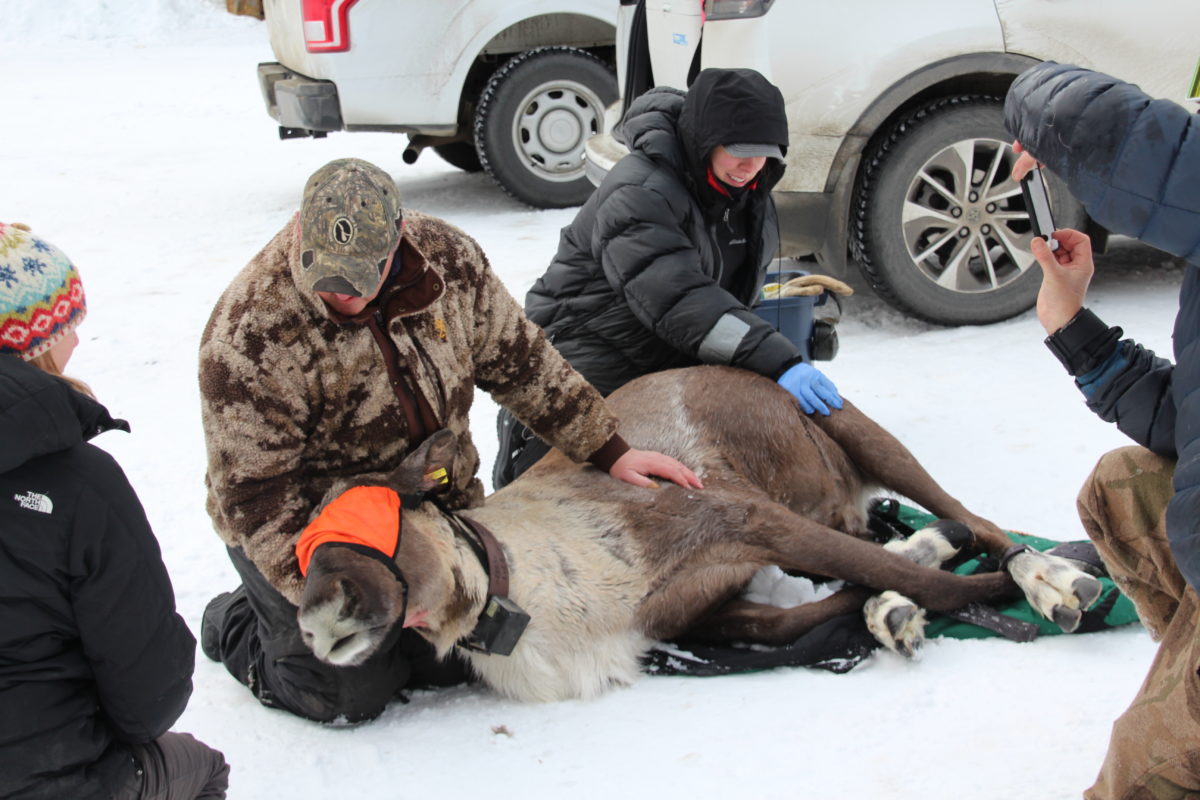
In an interview, Zeman said at first glance the 2024 B.C. budget is the worst he’s ever seen when it comes to allocating funds for natural resource management. “The bottom line is it takes money to take care of this stuff. And what this budget shows is that these things are not important.”
Provincial government funding for renewable resource management is just a fraction of its historical level, declining 75 per cent since 1993, the federation has pointed out.
“It’s impossible to take care of fish and wildlife, to prevent people’s homes from being burned down and to deal with things like atmospheric rivers, erosion, landslides — without funding, [it’s] just not possible,” Zeman said.
The federation is calling for an agency independent of government influence to manage B.C.’s wildlife and for an increase in funding dedicated to fish and wildlife.
The 2024 B.C. budget provides $318 million for grant and rebate programs to move toward cleaner transportation, buildings and communities and $474 million to support critical transportation and community infrastructure. The funding includes $40 million for heat pump rebates and $30 million for electric vehicle charging upgrades.
Zacharias, from Clean Energy Canada, said the budget strikes the right balance between preventing and preparing for climate change while helping to build a cleaner economy and improving the province’s export competitiveness. “It also makes thoughtful changes to B.C.’s industrial and consumer carbon pricing systems to address affordability and competitiveness and to bring B.C. more in line with the rest of Canada,” he said in a statement.
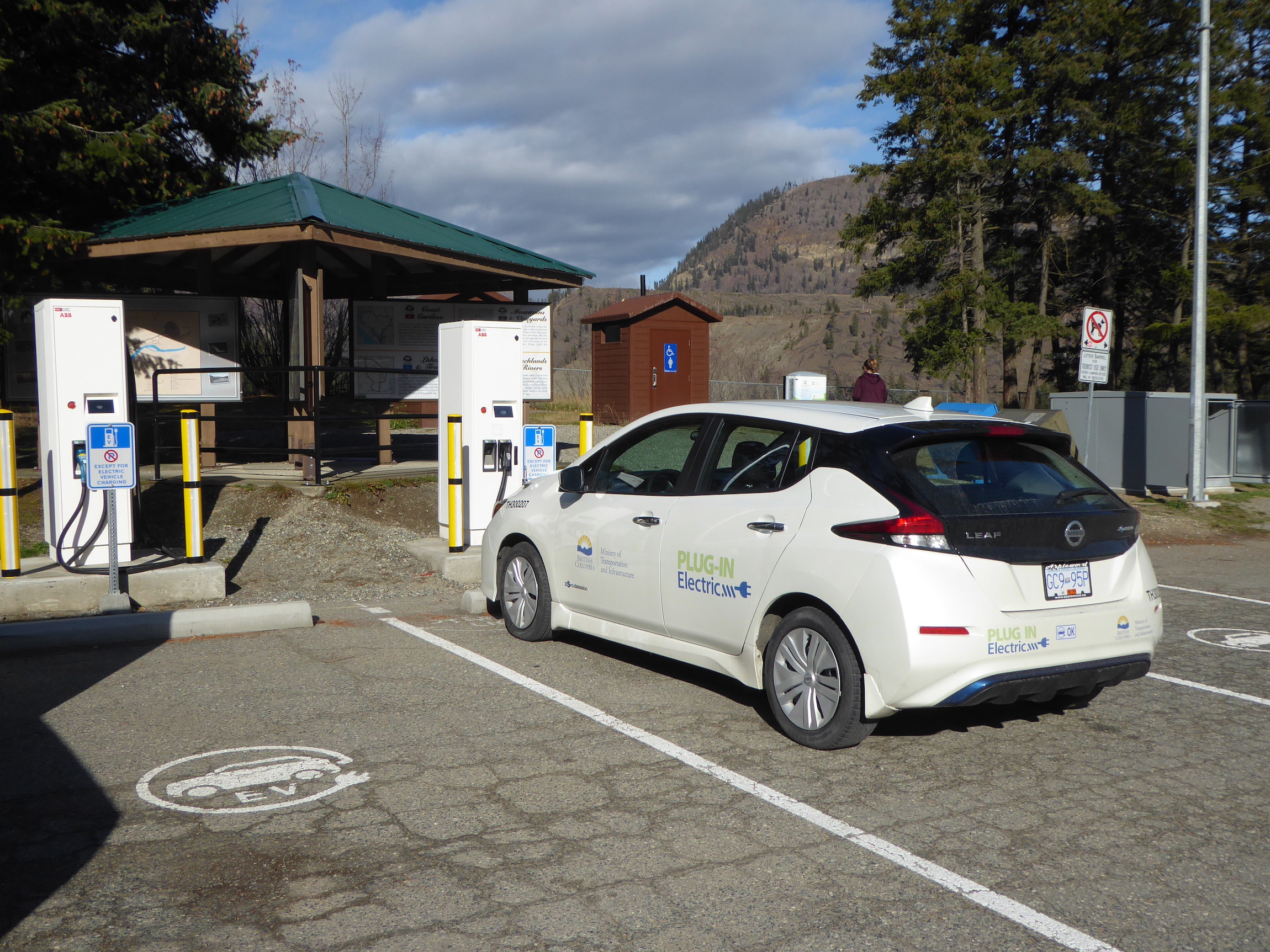
Changes to the climate action tax credit mean the April 1 carbon tax increase will be returned to people who live in B.C. More households will be eligible to access the credit — 80 per cent of households by 2030 — and an eligible family of four will see their tax credit increase from $890 to $1,005 this year, according to budget documents. “Most of these residents will receive more back than they pay, and those that adopt money-saving clean energy solutions like electric vehicles and heat pumps can save even more,” Zacharias said.
Conspicuously absent from Conroy’s budget speech was any mention of the largest publicly funded infrastructure project in the province’s history — the Site C dam on the Peace River in northeast B.C.
The dam, which has had cost balloon from $8.8 billion to $16 billion after the BC NDP came to power in 2017, has been beset by geotechnical problems due to a weak foundation.
According to BC Hydro’s new service plan, the dam will be complete by the end of 2025, within its revised $16 billion budget. The service plan says BC Hydro continues to manage “significant risks to the project.”
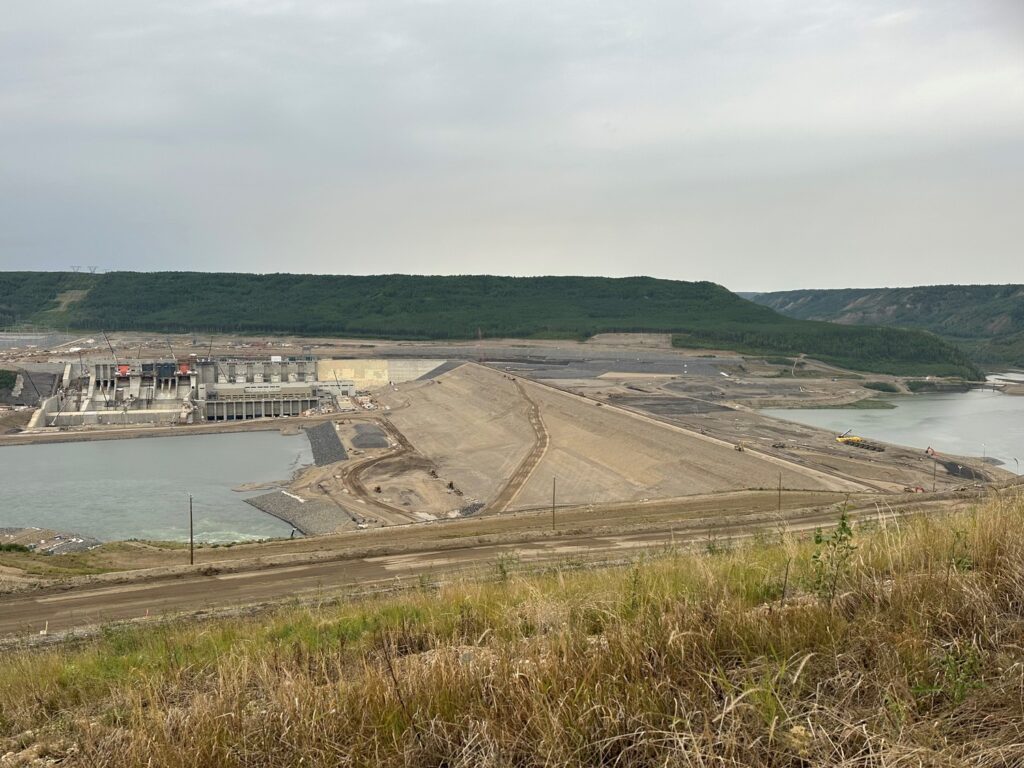
B.C. ratepayers have not yet started paying for the dam, which is entirely debt-funded. Discounted electricity from the dam will help power the province’s new LNG export industry.
It remains to be seen if the Site C dam will be able to produce anything close to the 5,100 gigawatt hours of electricity each year promised by BC Hydro — enough energy to power the equivalent of 1.7 million electric vehicles, according to the public utility — because severe drought, linked to climate change, has significantly restricted electricity production in the Peace region.
Get the inside scoop on The Narwhal’s environment and climate reporting by signing up for our free newsletter. On March 17, federal Conservative Leader Pierre Poilievre...
Continue reading
Locals in the small community of Arborg worry a new Indigenous-led protected area plan would...

Conservative Leader Pierre Poilievre says he’ll fast-track approvals and scrap key rules that protect the...

One LNG project alone is requesting more than half the amount of electricity B.C.’s Site...
